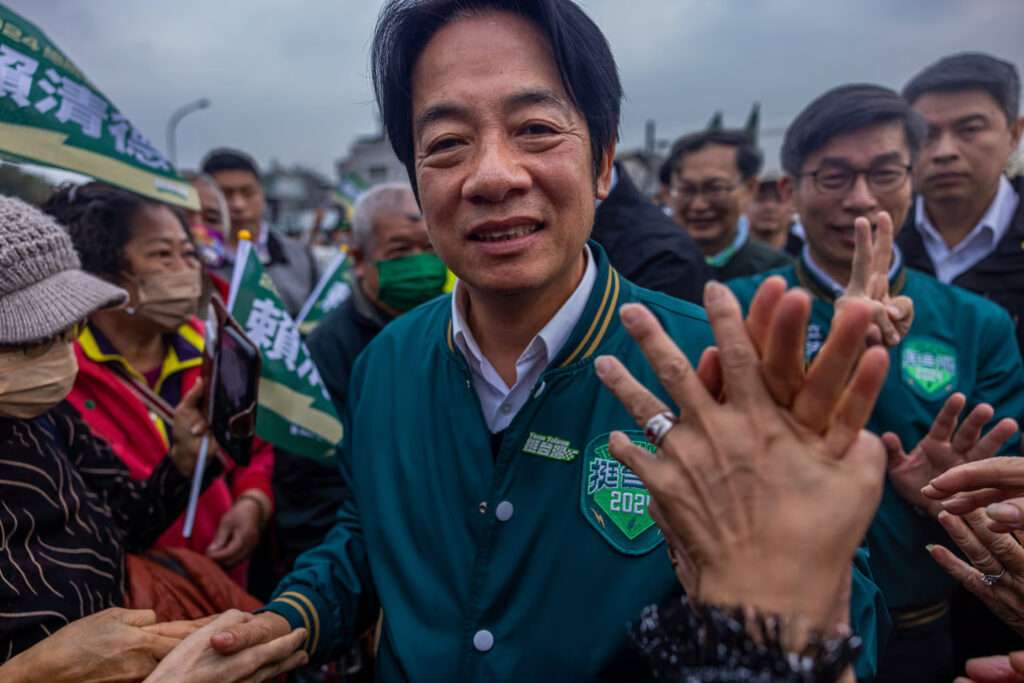In the scorching December sun, the Heng Chun peninsula extends into the Philippine Sea, a strategic outpost at the southern tip of Taiwan. Here, amidst the constant presence of Chinese ships and aircraft, volunteers like Hsu Keng-Jui, many of them veterans, form a network to track Beijing’s manoeuvres just beyond Taiwan’s territorial limits.
Hsu, with a half-smoked cigarette hanging from his mouth, straps a radio antenna to a steel railing using plastic zip ties. As he scans military channels, the soft lilt of the Taiwan coastguard is drowned by a different accent—the voice of the Chinese navy. China’s increasing pressure on Taiwan, especially in the run-up to a crucial presidential race, is evident as it encroaches upon the median line that has long divided the waters between the two adversaries.
This persistent “grey zone warfare” seeks to subdue Taiwan without direct conflict, sending a stern message to the United States, Japan, and the Taiwanese people. Beijing aims to undermine support for the ruling Democratic Progressive Party (DPP) ahead of the upcoming presidential election, portraying Taiwan as an inseparable part of China.

With President Tsai Ing-wen stepping down after eight years in power, tensions rise as her successor, Vice President William Lai, is seen by China as a hard-line advocate of formal Taiwan independence. Beijing’s narrative to Taiwanese voters is clear: a vote for Lai is a vote for war. The opposition Kuomintang echoes this sentiment, warning of dire consequences if Lai assumes office.
However, the DPP’s supporters remain undeterred. In a recent rally in Taipei, tens of thousands cheered for Lai and Tsai, highlighting the party’s stance on issues beyond China, such as same-sex marriage. The unique identity of Taiwan, its democratic values, and the resilience of its people are factors that continue to defy Beijing’s attempts to assimilate the island.
As the election approaches, economic concerns, unaffordable housing, and a shrinking job market also play a pivotal role. Dissatisfaction with the DPP has driven some voters toward the Taiwan People’s Party and its populist candidate Ko Wen-je, who positions himself as a middle-of-the-road option and promises improved ties with Beijing.
The issue of military preparedness divides the main parties, with the DPP investing in new submarines and fighter jets, while the KMT emphasizes dialogue with Beijing to ensure peace. Taiwan’s air force faces increasing exhaustion due to constant Chinese pressure, with outdated Mirage 2000 fighter jets struggling against the PLA’s overwhelming numerical advantage.
Despite the military threat, the island remains divided on the best strategy to deter China. While the DPP leans toward a robust defence, the KMT advocates for diplomatic dialogue and closer ties with the mainland. This division reflects generational differences, as older generations with ties to China clash with younger citizens raised in a democratic society.

China’s influence operations, targeting Taiwan’s population through propaganda, have been notably effective, particularly among older voters with family ties to the mainland. However, recognizing the importance of winning over young voters, Beijing has shifted its focus to platforms like TikTok and YouTube, creating content that aligns with their interests before introducing pro-China messaging.
As Taiwan approaches the January election, the battle for hearts and minds intensifies. While short-term goals involve influencing the election outcome, the grand strategy for Beijing is to achieve a lasting peace agreement with Taiwan, avoiding the need for direct confrontation.
In this intricate dance between political ideologies, military posturing, and propaganda, Taiwan stands resilient, navigating the challenges posed by its powerful neighbor. The island’s unique identity, democratic values, and determination to protect its sovereignty remain key factors that shape the future of cross-strait relations. As the December sun sets on the Heng Chun peninsula, the eyes of the world turn to Taiwan, where the struggle for autonomy continues against the backdrop of geopolitical tensions.
